
There is no previous post
Previous Post
Next Post
There is no next post
The Smart Path to Electrification: From Analysis to Action
The Smart Path to Electrification: From Analysis to Action
Electrification is reshaping how transit systems move people, manage energy, and operate fleets. But it’s not only about switching engines — it’s about building an ecosystem where vehicles, chargers, data, and people work in sync.
At Damera Corporation, we help agencies move from pilot projects to full-scale zero-emission systems by combining real-world expertise with proven, right-sized solutions. Our approach is rooted in practical experience — guiding operators through every stage of fleet transformation, from early analysis to long-term performance management.
From Insight to Implementation
Transitioning to electric buses begins long before the first vehicle is delivered. Successful electrification depends on understanding three core dimensions that define readiness and sustainability:
1. Economic – Agencies must evaluate lifetime operating costs, including charging rates, maintenance, warranties, and parts availability. Optimizing total cost of ownership ensures long-term financial resilience.
2. Technical – Charging layouts, depot configurations, and power availability shape how a fleet performs. Understanding grid capacity and designing phased infrastructure allows smooth growth without overloading systems.
3. Environmental – Electrification is an investment in community well-being. Lower emissions, reduced noise, and improved air quality all depend on matching technology to local operational realities.
Our analytical process mirrors successful Canadian and U.S. initiatives — where transit agencies, utilities, and technology providers collaborate to model future energy demand, test operational scenarios, and plan for seamless fleet integration.
Why Right-Sized Vehicles Lead the Way
While 40-foot electric buses remain critical for high-demand corridors, smaller zero-emission vehicles like the Karsan eJEST make electrification achievable for agencies of every size.
The picture is from Cape Ann Transportation Authority.
These right-sized electric minibuses offer unmatched flexibility and efficiency:
- Lower upfront and infrastructure costs, ideal for first-phase deployments
- Reduced energy demand, supporting depot or portable DC fast chargers (50–100 kW)
- 12+ year service life, ensuring long-term value
- Full ADA accessibility, supporting inclusive service models
- Compact footprint, perfect for narrow urban streets or suburban feeders
Because of their scale, these vehicles are powerful learning tools — allowing agencies to train staff, monitor telematics, and refine operational models before expanding to full-size fleets.
Damera’s partnership ecosystem, supported by MBCT’s maintenance expertise, ensures that every agency benefits from an integrated service model — from charger selection and parts supply to predictive maintenance and field support.
Turning Fleets Into Connected Ecosystems
Modern transit fleets rely on data as much as electricity. Each Karsan eJEST is equipped with ZF Bus Connect telematics, offering real-time insights into battery health, charging cycles, and component performance.
With live data dashboards and automated fault detection, agencies can:
- Prevent downtime with predictive maintenance alerts
- Optimize charging schedules to extend battery life
- Track consumption, range, and vehicle condition in real time
- Integrate performance data directly into depot or fleet management systems
For North American operators, this level of connectivity transforms the eJEST into a smart, self-reporting vehicle — reducing manual checks and improving decision-making across operations, maintenance, and planning departments.
From Pilot to Progress: The Damera Electrification Framework
Our experience shows that electrification succeeds when it’s structured, scalable, and supported. Damera provides a turn-key roadmap that covers every stage:
- Feasibility & Route Analysis – Evaluating ridership, topography, and charging feasibility
- Vehicle & Infrastructure Deployment – Delivering integrated buses and depot chargers
- Training & Certification – Offering TÜV-certified high-voltage, mechanical, and driver training
- Long-Term Service Support – Ensuring uptime with reliable parts and preventive care
- Data Optimization – Using telematics to monitor performance and improve efficiency
This framework helps agencies align technology, funding, and workforce readiness under one strategy — minimizing risk and maximizing operational success.
Building a Sustainable Transit Future
Electrification isn’t only about vehicles; it’s about creating systems that evolve with demand. Right-sized electric fleets give agencies the flexibility to adjust service levels, expand coverage, and meet climate goals — all while controlling costs.
By combining analytical planning, robust vehicle design, workforce development, and connected technology, Damera makes electrification accessible, affordable, and achievable for communities across North America.
We believe that sustainable mobility starts with the right knowledge, the right partners, and the right vehicles.
Let’s Move Transit Forward
Whether you’re starting a pilot program or planning a full fleet transition, Damera is ready to help.
Our team of engineers, trainers, and service specialists will guide your agency step by step — delivering the confidence, data, and tools you need to operate smarter.
📩 Connect with our team to learn how right-sized vehicles, advanced telematics, and expert support can help your community move forward.
Contact Us →










.svg.avif)











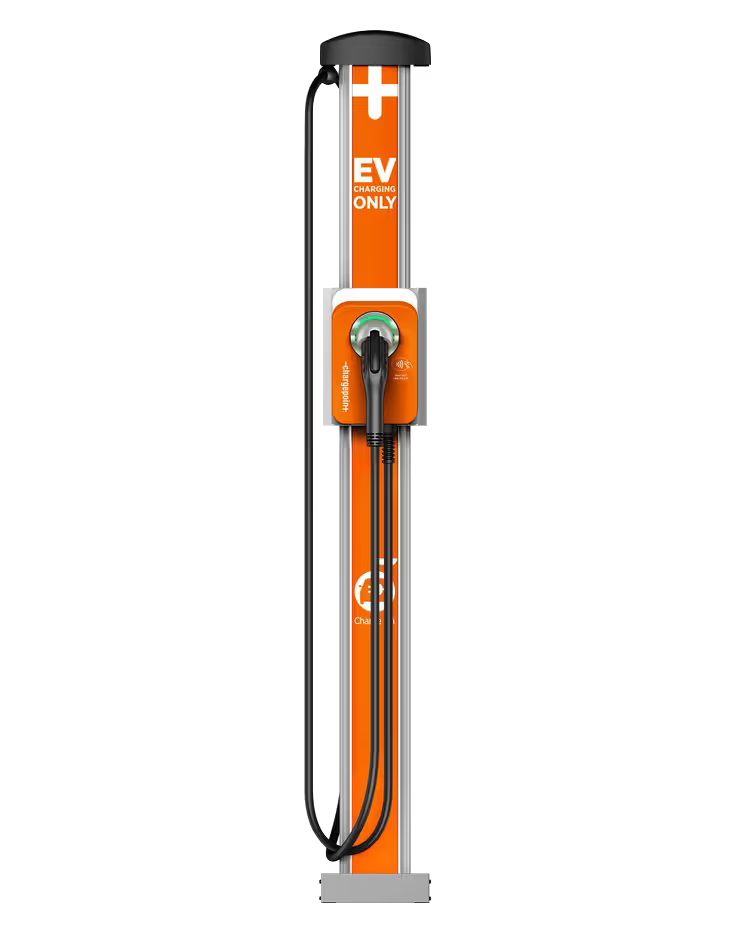





-p-500-p-500.avif)



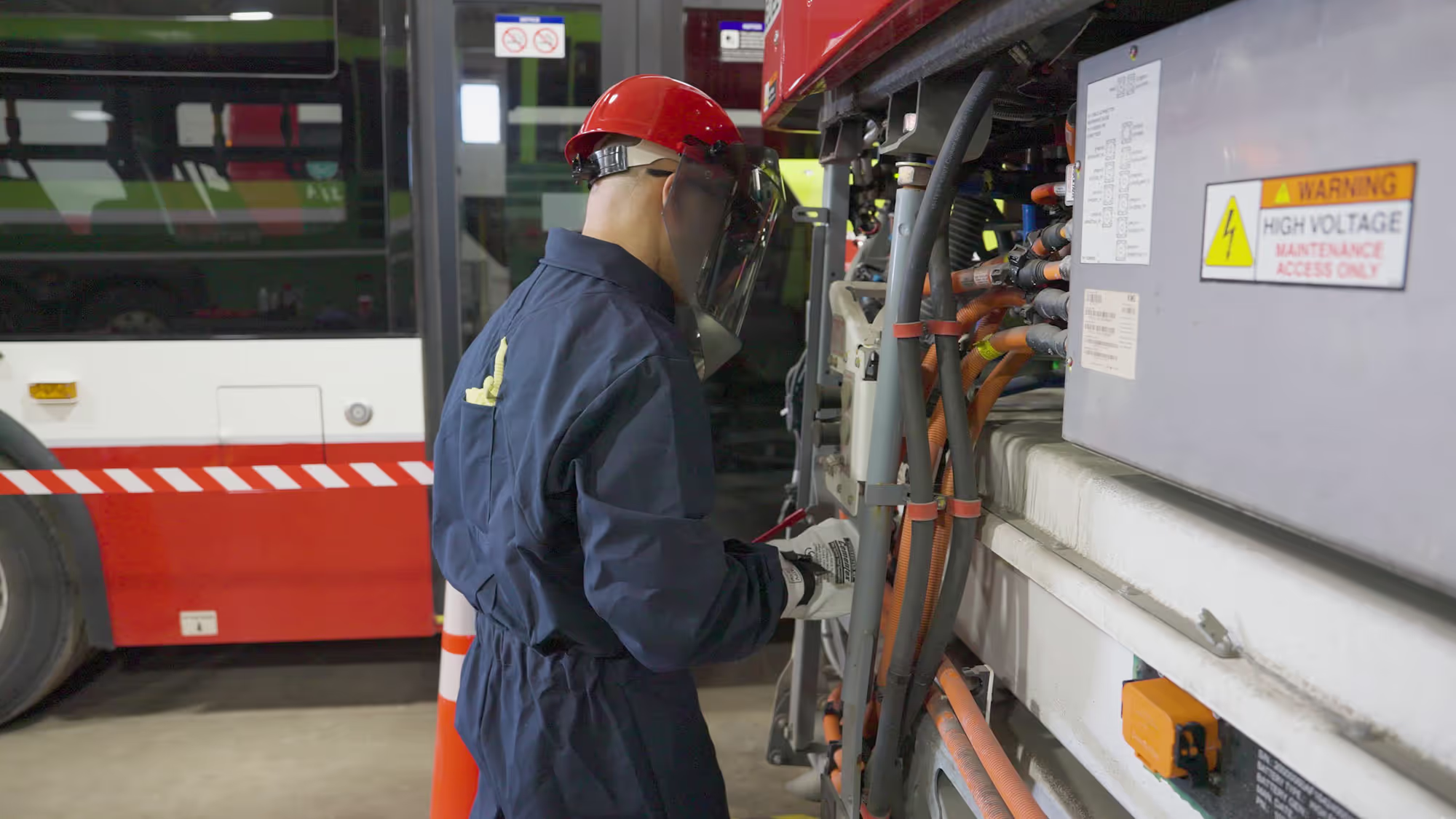








.svg)



















.jpeg)


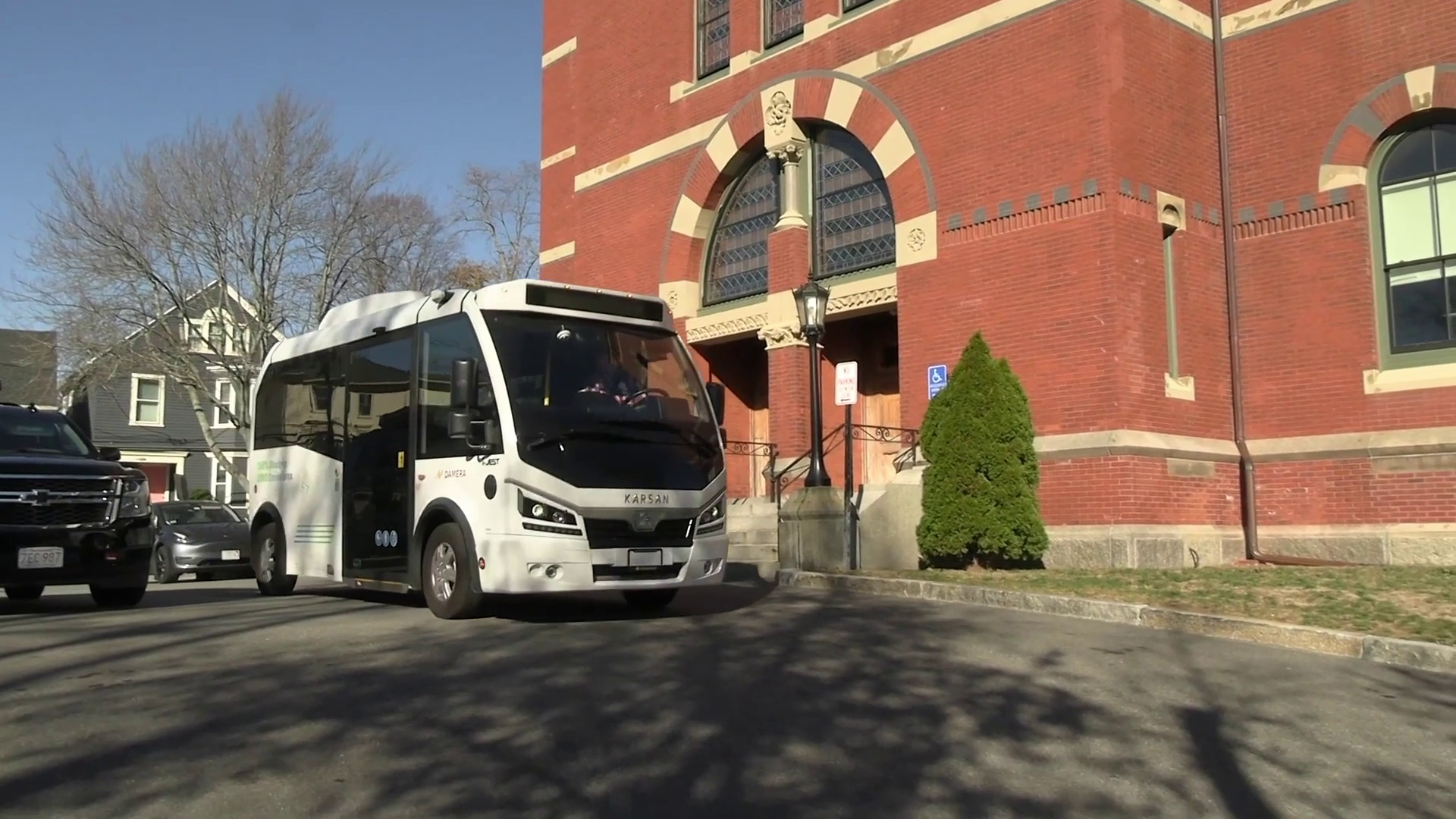
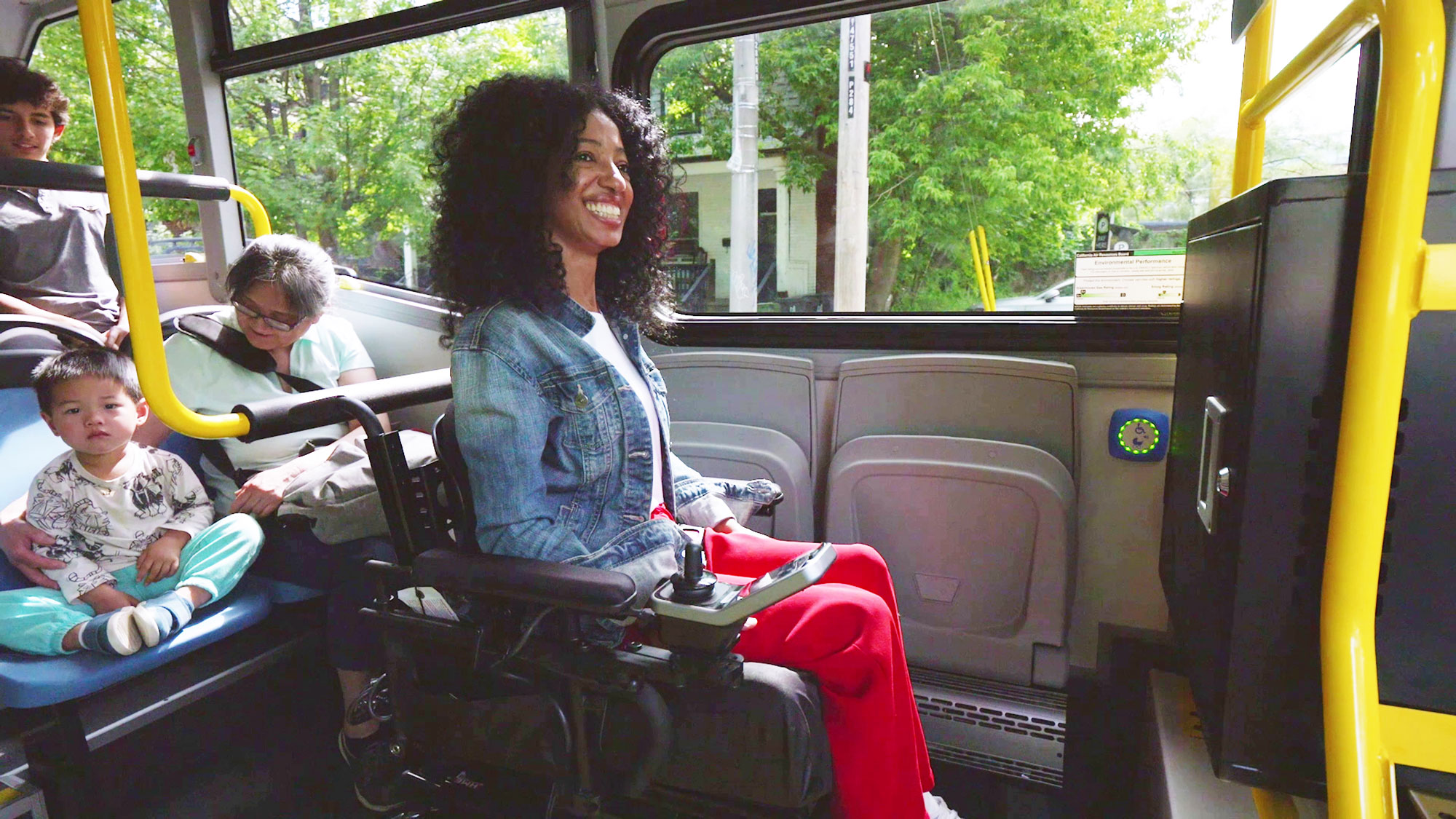
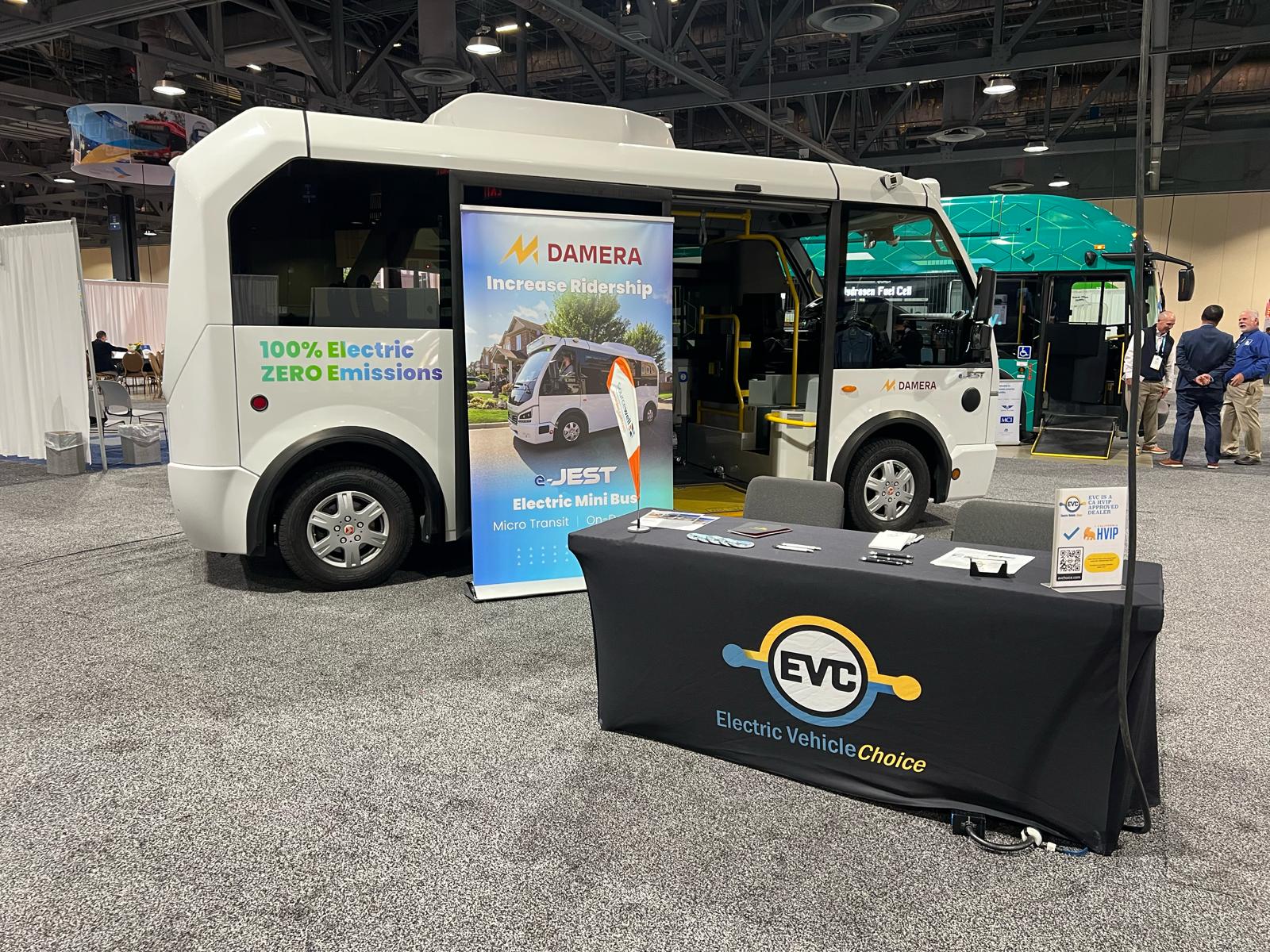
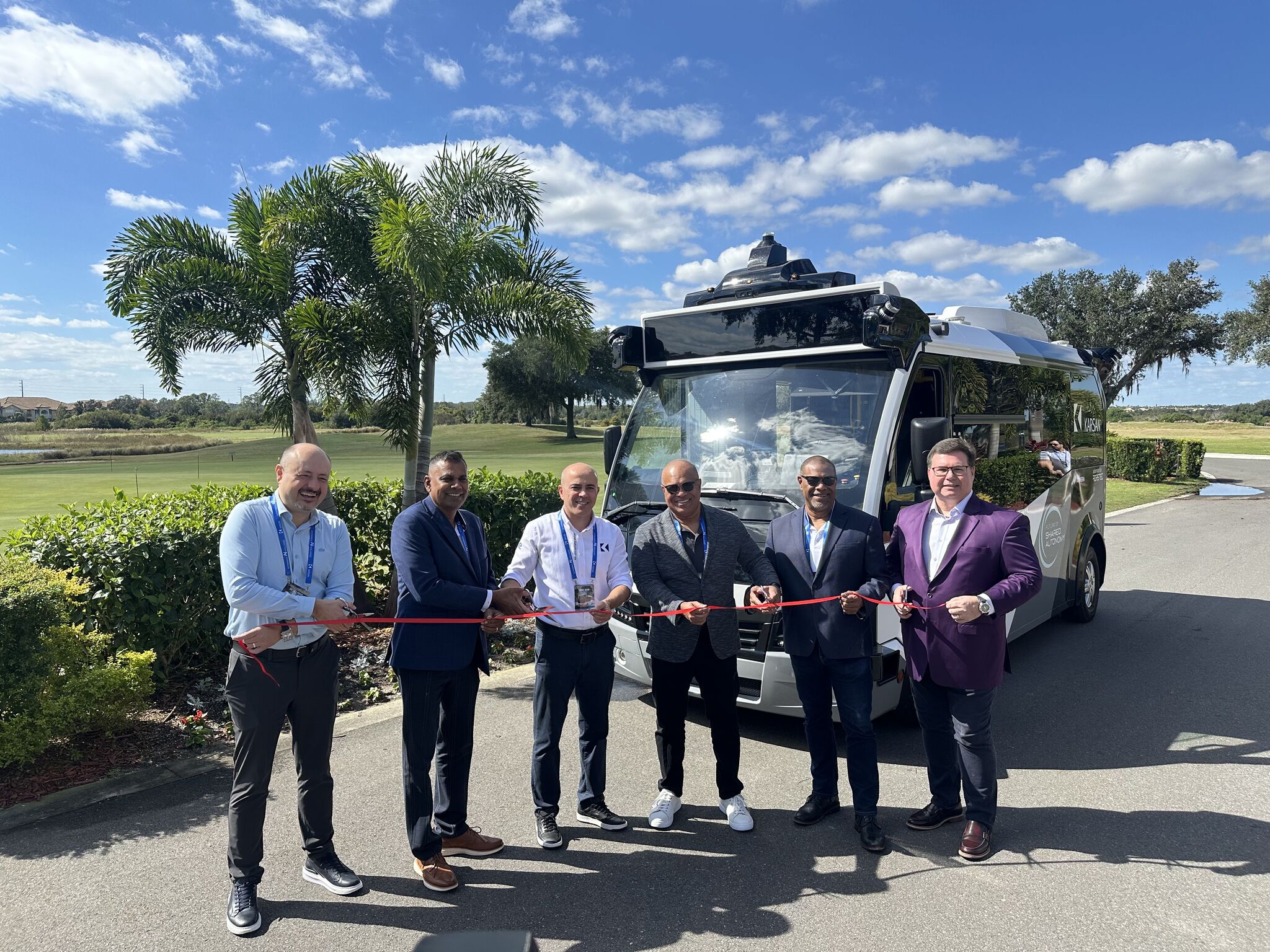


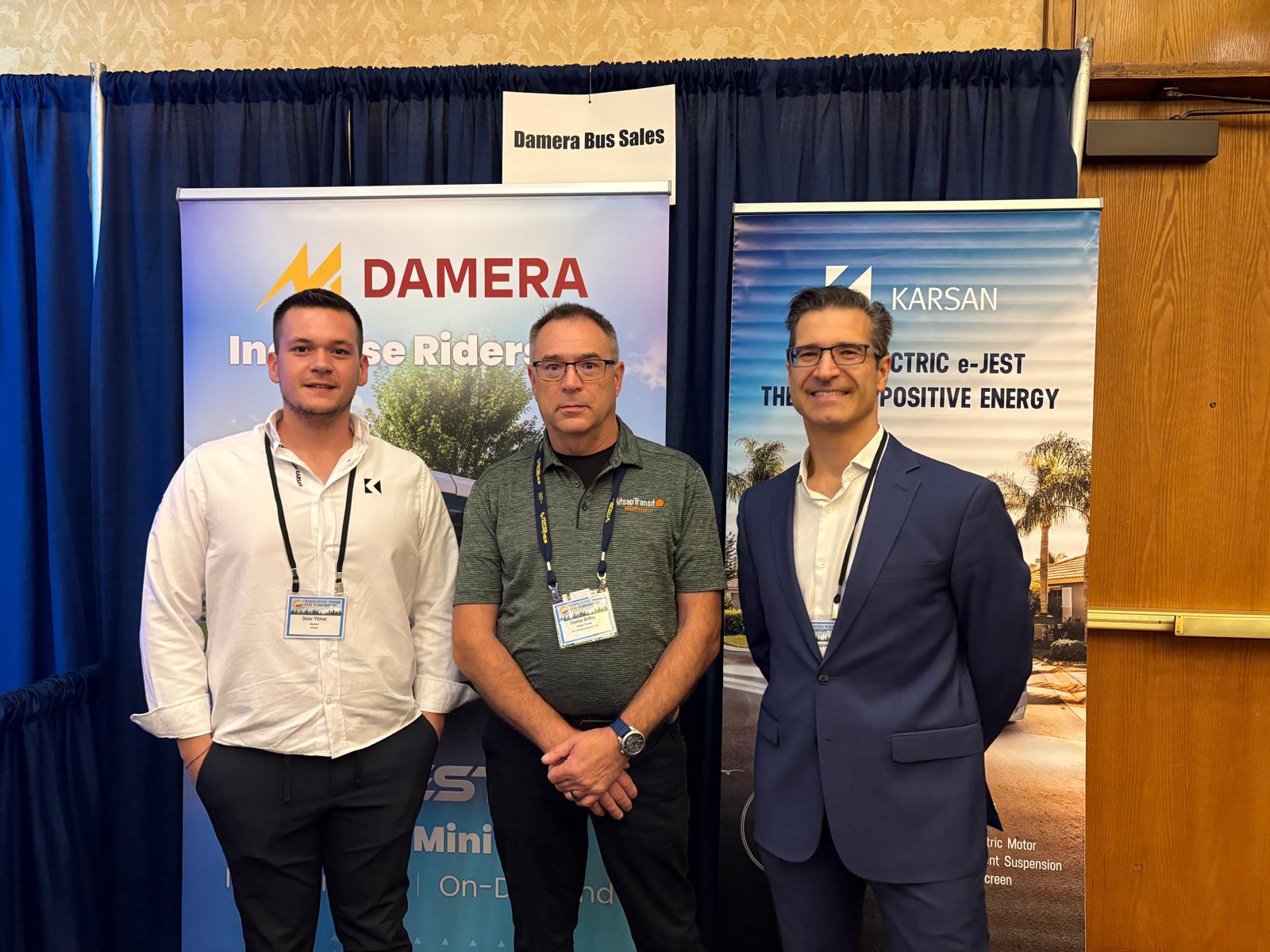
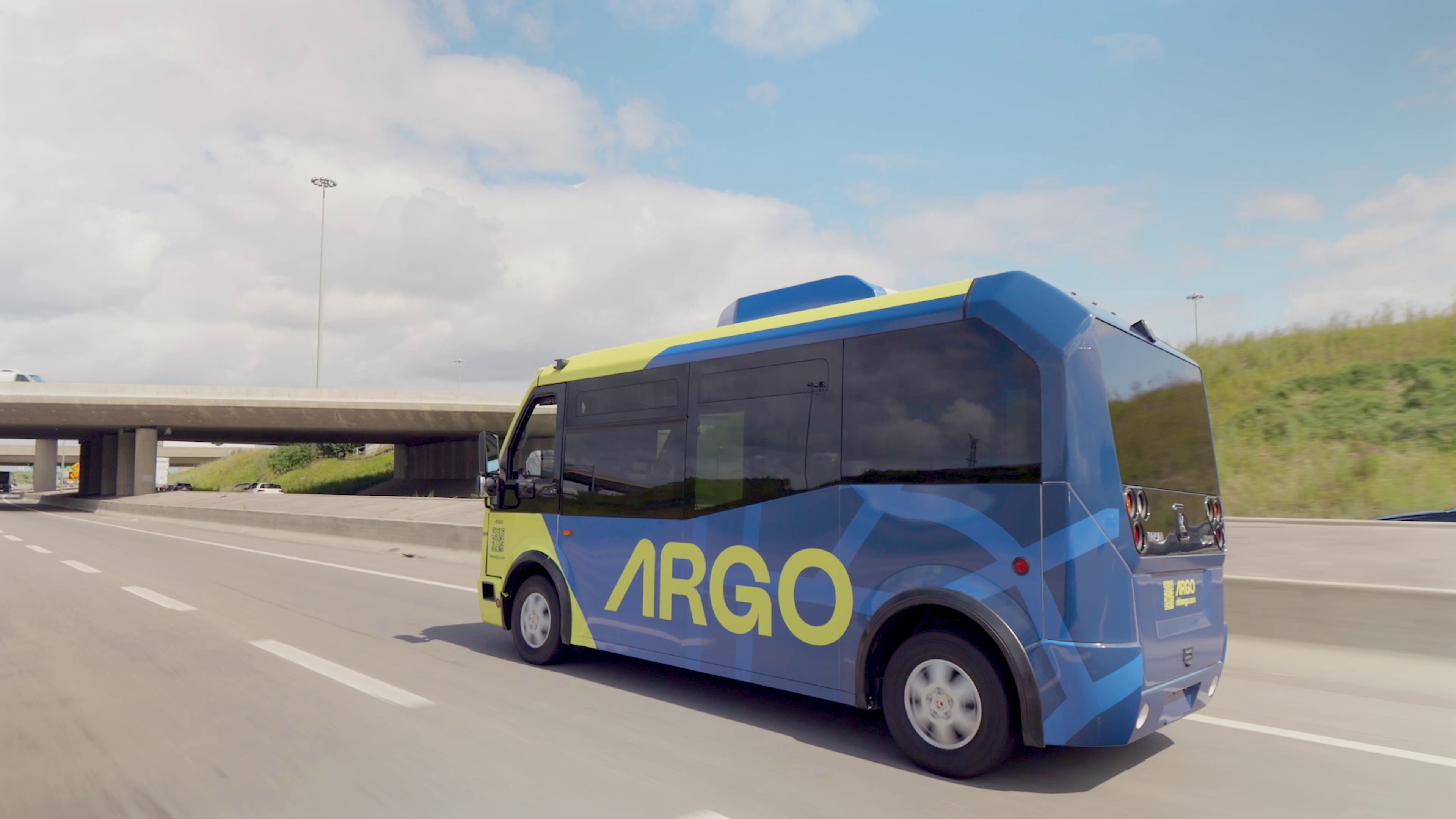
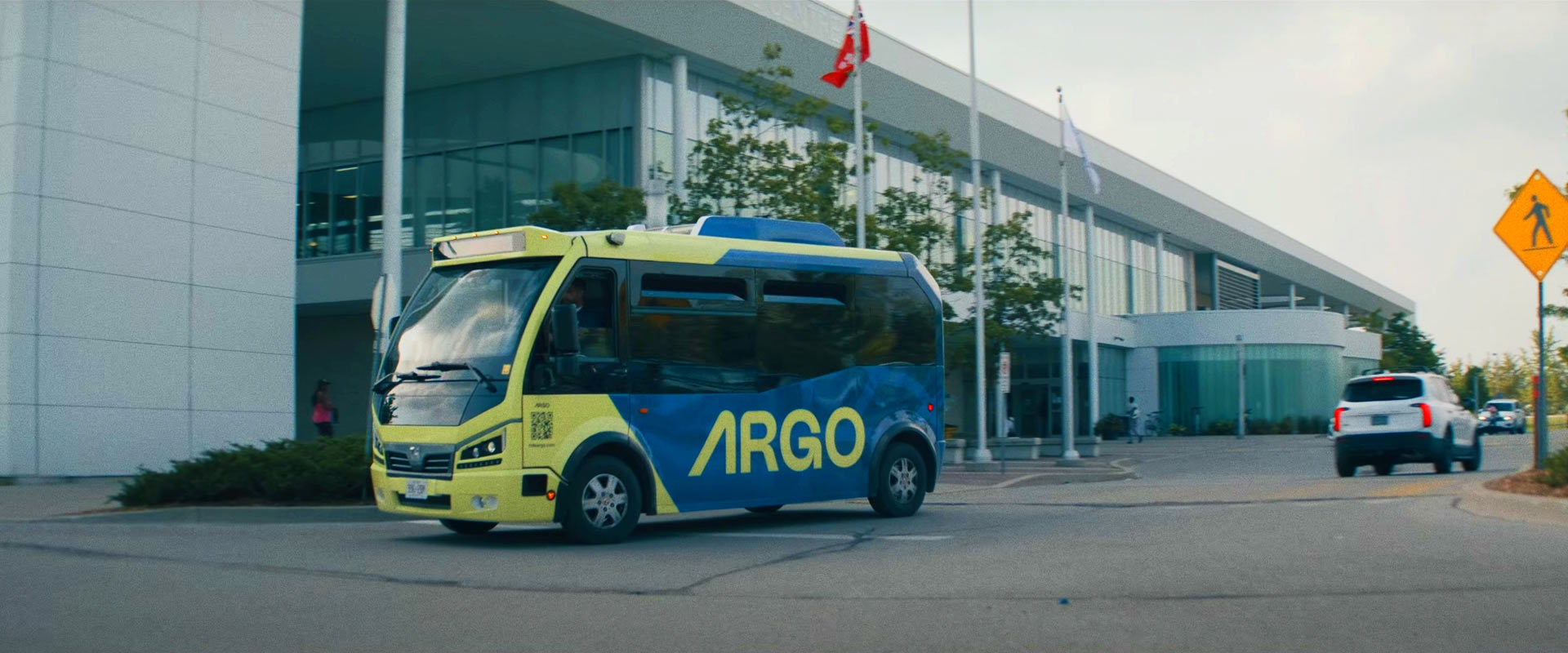
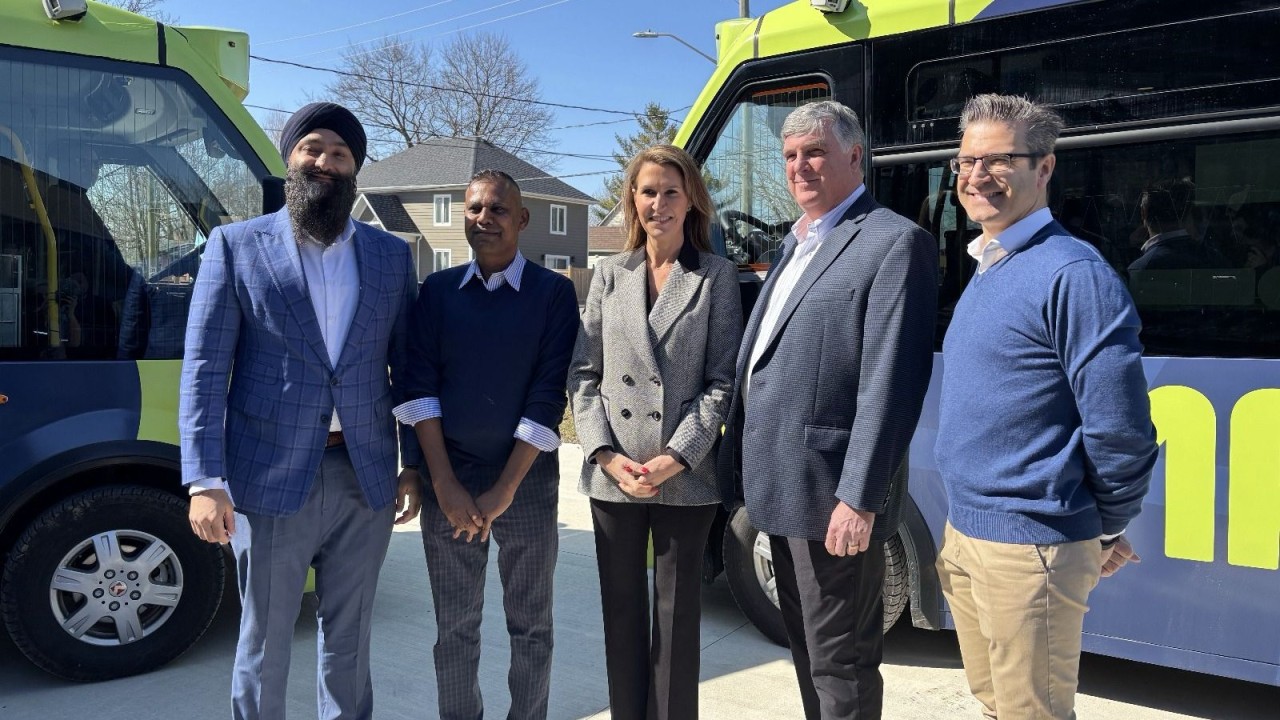

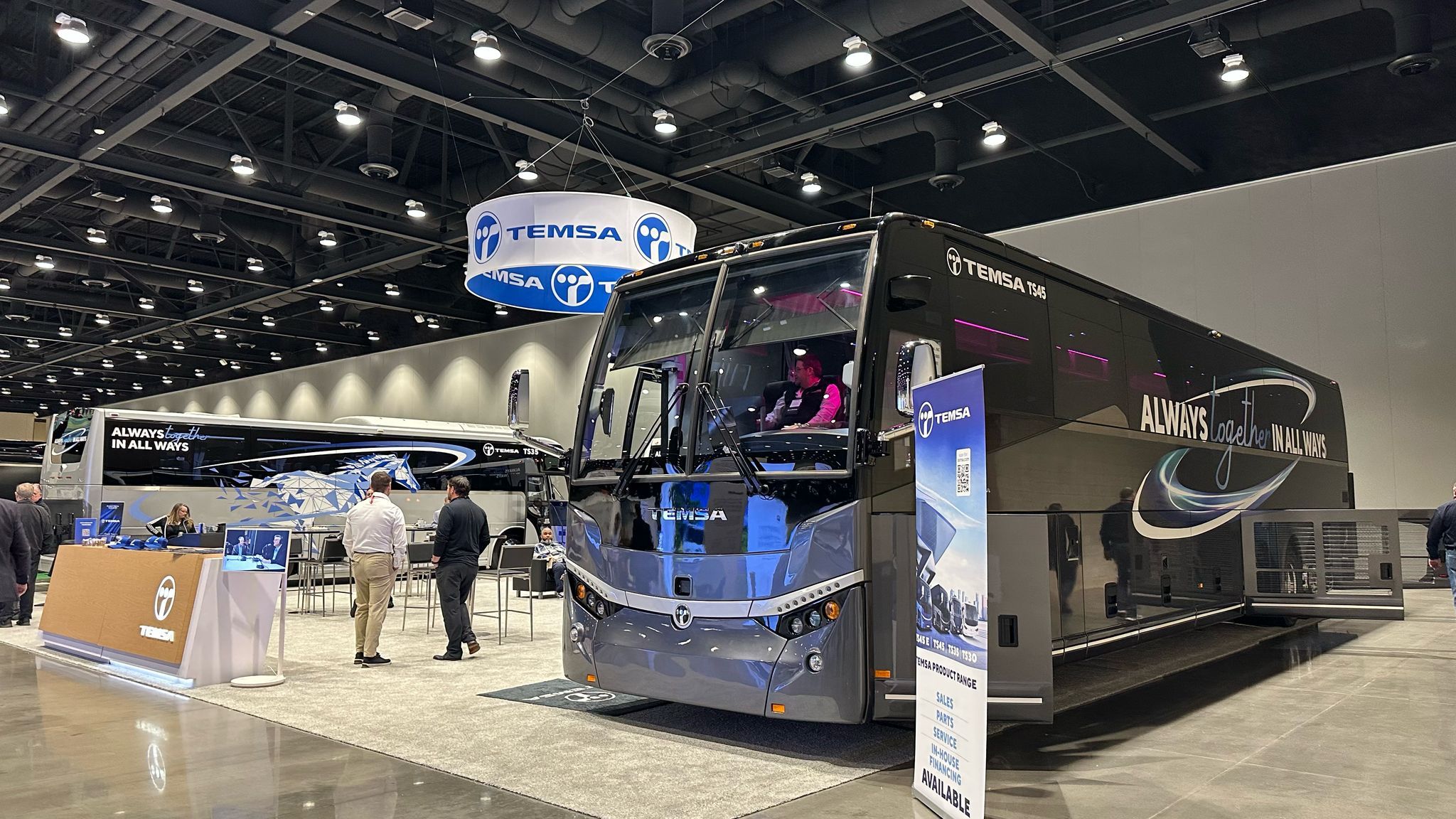





























.jpeg)






















.jpg)










